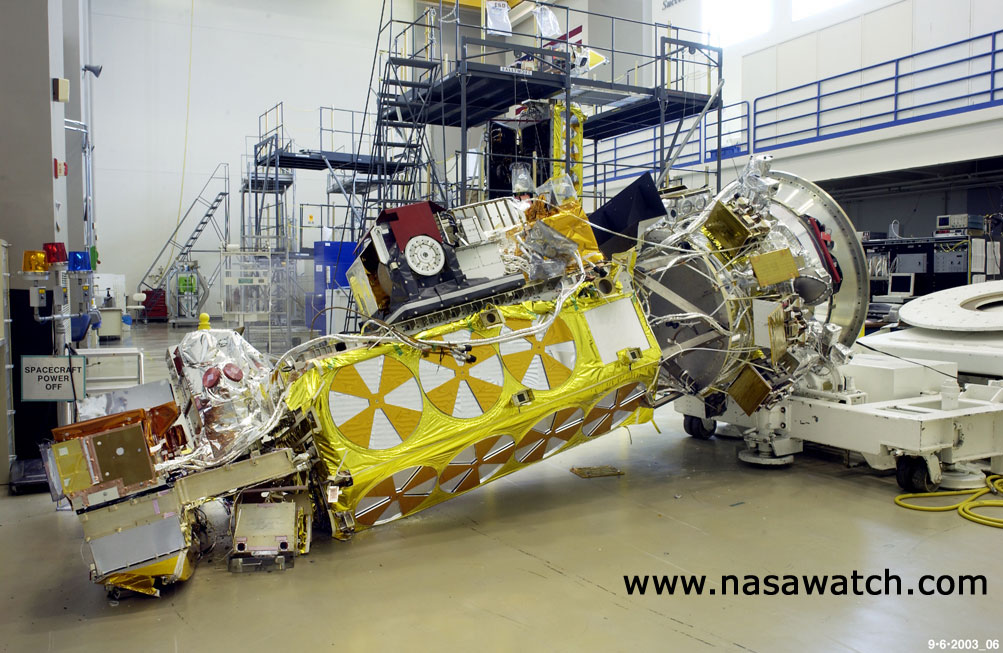They are thermal control pinwheels. Reference: figure on page 3 of this document .

Note: odd how the diagram shows 4 devices, but the note says 3. In the photos there are 3 on one side, and 4 on another.
"Elements of Space Technology for Aerospace Engineers", page 302, describes thermal control pinwheels as follows:
Pinwheel louvers are similar, but in place of rectangular blades
incorporate vanes (typically four) in the form of sectors of a circle
that together cover one-half of the area under the pinwheel. They are
also rotated by bimetal actuators. Depending on the position of the
sectors, they will cover (uncover) areas that have high ratios of
solar absorptivity to emissivity and uncover (cover) areas that have a
low such ratio.
And, there is a cross-section:





